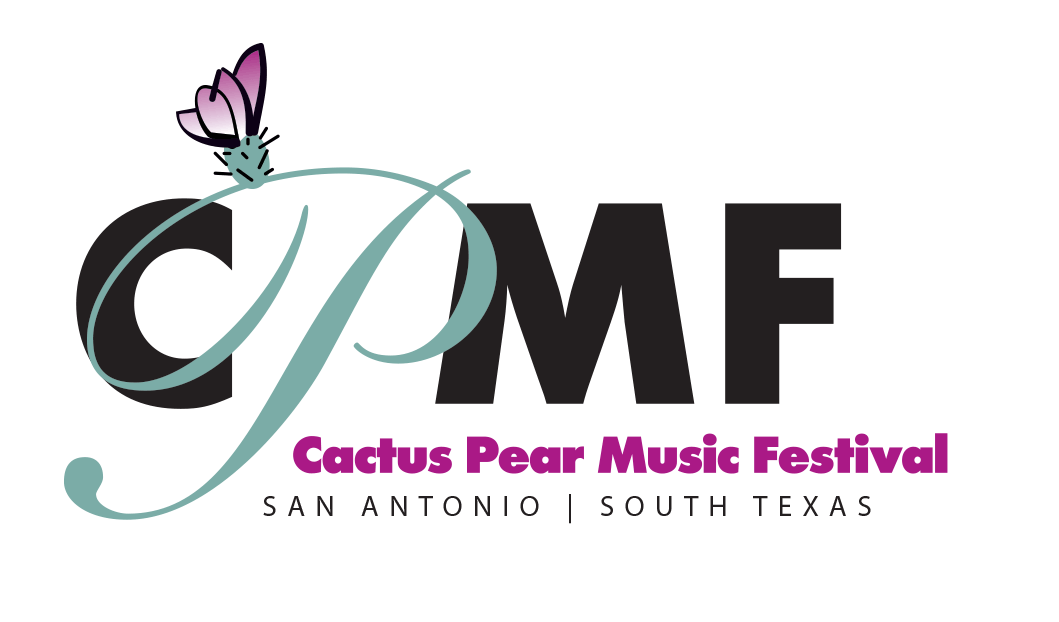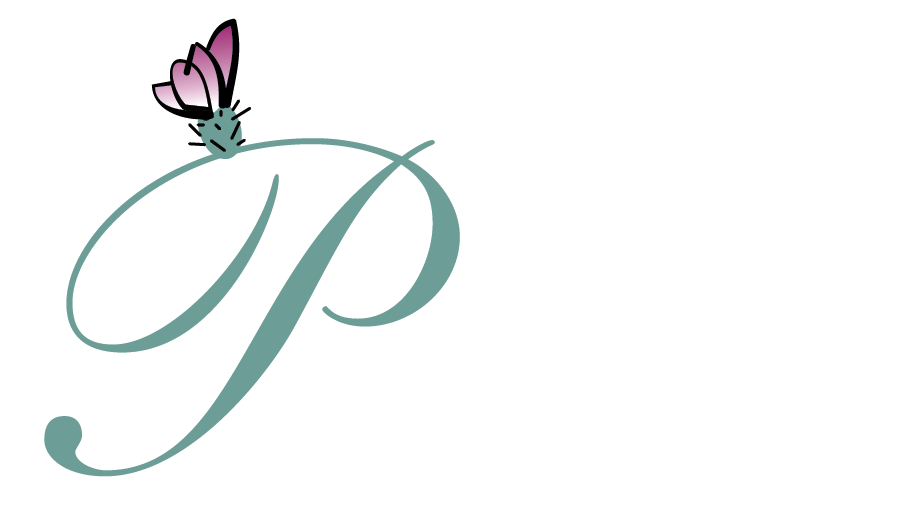Season 26
On The Threshold
PROGRAM NOTES
by Jeffrey Sykes, DMA
III. Swan Song
Saturday July 9, 2022
Trinity Baptist Church – 7 pm
Kathryn Mishell
(b. 1940)
• Duo “Swan Song for Stephanie” for violin & piano (2022)
— Sant’Ambrogio, Yanagitani
Richard Strauss
(1864-1949) •
Capriccio Sextet in F Major, Op. 85 for two violins, two violas & two cellos (1942)
— dePasquale, Sant’Ambrogio, Sorgi, Bryla-Weiss; Ross, Rapier
Dmitri Shostakovich
(1906-1975) •
Piano Quintet in G Minor, Op. 57 for piano, two violins, viola & cello (1940)
— Yanagitani, Sant’Ambrogio, dePasquale, Bryla-Weiss, Ross
Kathryn Mishell (b. 1940)
Duo “Swan Song for Stephanie” for violin & piano (2022)
— Sant’Ambrogio, Yanagitani
Composer and pianist Kathryn Mishell was born in Los Angeles and studied at Pomona College, the University of Kansas, and the University of Southern California. She taught at the Oberlin Conservatory of Music and now maintains a highly-awarded pre-collegiate piano studio in Austin. She was the host and producer of Into the Light, a weekly radio program on KMFA Austin devoted to music of women composers. The show won three Gracie Awards and three international Communicator Awards of Distinction during her time as host. She currently serves as the artistic director of Salon Concerts, an Austin chamber music series now in its 34th season.
Mishell writes of her Duo:
When Stephanie Sant’Ambrogio honored me by asking if I would write a piece for her to mark her retirement as founder and artistic director of the Cactus Pear Music Festival, I was delighted. Her 26 years of giving imagination and enthusiasm, service and inspiration to performers and audiences is something to celebrate!
My approach to the project was to give Stephanie music that would give her an opportunity to sing with her violin—sing with her heart, reaching up high where she loves to be—and also plunging to the lower regions of her instrument. This instrument she holds in her glorious hands has taken Stephanie and her audiences to expanses of experience no words can express. She can dance as well as sing. She can laugh and she can wail, she can swim and she can fly. I hoped to give her a piece that could present opportunities to twirl and leap with abandon, as well as to lie down and be still, very still, to simply reflect and to feel.
Stephanie told me she wanted this piece to be her swan song as artistic director of CPMF. Here and there, you will hear tidbits of swan music from the literature. Some of it is hidden, just for fun.
Richard Strauss (1864-1949)
Capriccio Sextet in F Major, Op. 85 for two violins, two violas & two cellos (1942)
— dePasquale, Sant’Ambrogio, Sorgi, Bryla-Weiss, Rapier
Richard Strauss grew up surrounded by music. His father Franz Strauss was a brilliant horn player who served as the principal horn at the court opera in Munich. Franz often took the young Richard with him to opera rehearsals; Richard was immersed in the world of opera from the beginning. Franz was a musical reactionary who believed that music ended when Mendelssohn died, and his educational plan for his son focused on a thorough grounding in the musical classics. Richard received private instruction in music theory and orchestration from an assistant conductor at the opera. He wrote his first compositions at age six, taking Mozart and Beethoven as his models.
In 1882, at age eighteen, Strauss enrolled in the University of Munich to study philosophy and art history, but the very next year left the university to study music in Berlin. It was there he was first introduced to the music of Johannes Brahms. Brahms instantly became a highly influential model for the young Strauss. That influence is clear in the remarkable chamber music he wrote around that time—the piano quartet we heard last season, the cello sonata, and the magnificent violin sonata of 1887. There his chamber music output ended. (Spoiler alert: or so he thought.) Despite his great success in chamber music, Strauss saw his future in orchestral music and opera. In 1888, he wrote the first of his great tone poems, Don Juan; and at the beginning of the new century (1903-05), he wrote his first great opera, the scandalous Salome.
Strauss went on to write over fifteen operas, including such mainstage items as Elektra, Der Rosenkavalier, Ariadne auf Naxos, and Arabella, becoming the most important German opera composer of the 20th century. As he was approaching his late 60s, Strauss wished to write an opera to cap off his career. He wanted to write “something unusual, a treatise on dramaturgy, a theatrical fugue.” He began collaborating with poet Stefan Zweig on a project that would ultimately become the opera Capriccio. Zweig, however, was Jewish, and the rise of the Nazis meant that a collaboration was impossible. (Zweig fled with his wife to England, then America, and ultimately ended up in Brazil.) Strauss was in his late 70s when he completed Capriccio in 1942, having worked with a series of different librettists at different stages of the composition. It would be his last completed opera.
Capriccio is an opera about opera, posing and answering (sort of) the eternal question, which is more important? The words or the music? In 18th-century France, the Countess Madeleine is courted by two rivals, a composer (Flamand) and a writer (Antoine). In place of a traditional overture, Strauss returns to his chamber music roots and writes a string sextet to open this opera. In fact, as soon as the curtain rises, it is revealed that the Sextet in F from Capriccio is not an overture at all, but rather a gift from Flamand to the Countess on the occasion of her birthday. The sextet, both the composition and its performance, is the subject of the first scene of the opera, woven into the fabric of the plot in an unprecedented fashion.
Strauss had shocked the musical world with the musical language of his tone poems and his operas Salome and Elektra. We find none of that forward-thinking writing here at the end of his career; in keeping with the setting of the opera, the musical style of the sextet is warmly melodic and free of the radical musical innovations of the 20th century. One might even describe it as Mozartean, like the first compositions of his youth. Despite its strong connections to the opera proper, the sextet is frequently heard as a standalone work, and was in fact performed this way before the premiere of the opera.
Dmitri Shostakovich (1906-1975)
Piano Quintet in G Minor, Op. 57 for piano, two violins, viola & cello (1940)
— Yanagitani, Sant’Ambrogio, dePasquale, Bryla-Weiss, Ross
Dmitri Shostakovich had the political odds stacked against him. As one of the leading cultural figures of Stalinist Russia, Shostakovich was under constant, intense scrutiny. The success of his first symphony had catapulted him to international fame—and to the attention of the authorities. His great opera Lady Macbeth of Mtsensk District premiered simultaneously in Leningrad and Moscow in 1934. It was a resounding popular and critical success, with over 177 performances at near-capacity attendance at the two venues over two years. Productions were mounted in the provinces and abroad. Shostakovich was thrust to the cutting edge of Soviet music. All of this came tumbling down on January 28, 1936. Stalin had just seen a performance of Lady Macbeth, and he was not pleased with what he saw and heard. An article appeared in Pravda (believed to be by Stalin himself) entitled “Muddle instead of music.” It castigated Shostakovich for “leftist confusion instead of natural human music” and warned him plainly of the consequences should he continue down this path. Shostakovich feared for his life. He was immediately toppled from his position as the leading Soviet composer.
Shostakovich wrote his 5th Symphony in 1937 as “the creative reply of a Soviet artist to justified criticism.” The work redeemed his standing with the authorities, at least temporarily; for the time being, it was safe for other Soviet musicians to associate with him. The Beethoven String Quartet asked him to write a new work for them in 1939; Shostakovich responded with the Piano Quintet in G Minor, Op. 57, written in the summer of 1940 and premiered November 23, 1940, by the Beethoven Quartet with Shostakovich at the piano.
Shostakovich was an enormous admirer of the music of J.S. Bach, going so far as to write a set of 24 preludes and fugues modelled on Bach’s Well-Tempered Clavier. The influence of Bach is very clear in the piano quintet. The opening two movements are a prelude-and-fugue pair, and the fourth movement, a soulful Intermezzo, is reminiscent of the slow movement of Bach’s Italian Concerto with its walking bass and long-spun melody. The third movement, a Scherzo, is witty, mischievous, and enormously energetic. And the finale shows an optimism not often encountered in Shostakovich’s music. The work immediately became popular and was awarded the Stalin Prize in 1941.
Political interference continued to blight Shostakovich’s career throughout his lifetime, despite the outward signs of official favor and recognition that increasingly came his way after the premieres of the 5th Symphony and the Piano Quintet. And yet, according to musicologist David Fanning, “amid the conflicting pressures of official requirements, the mass suffering of his fellow countrymen, and his personal ideals of humanitarianism and public service, he succeeded in forging a musical language of colossal emotional power.” That language is clearly in evidence in his masterful Piano Quintet.




